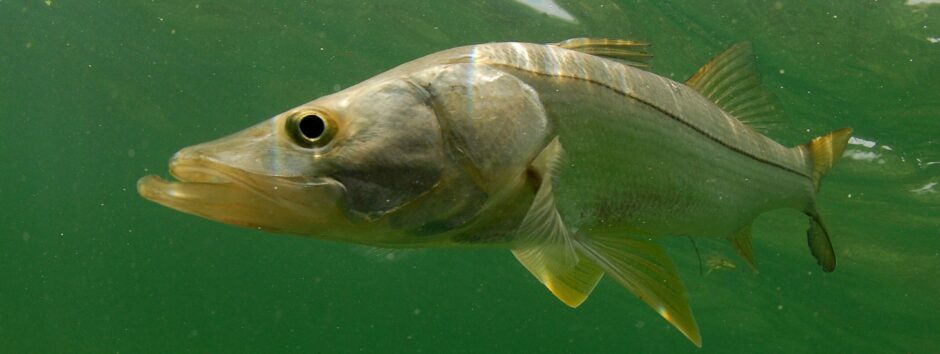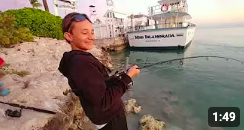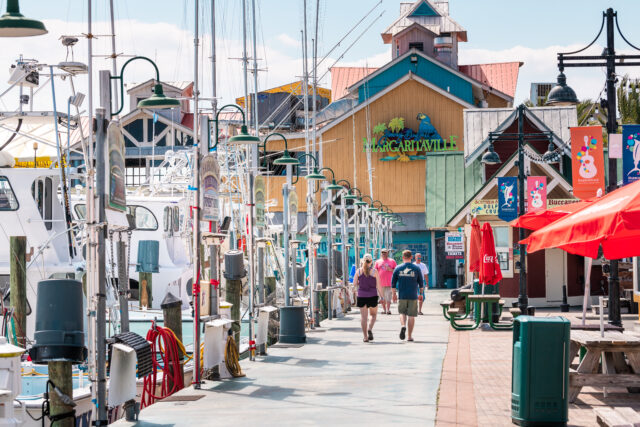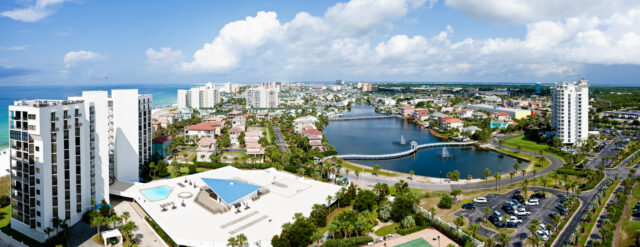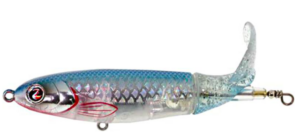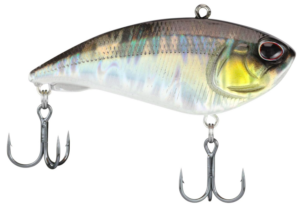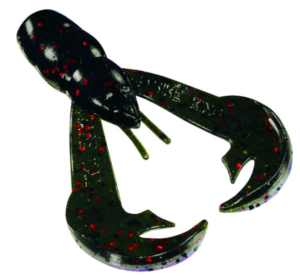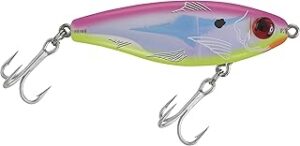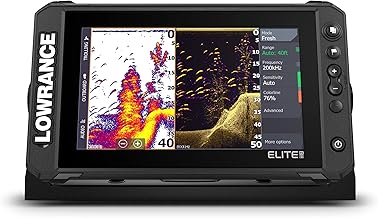Bay Fishing for Snook
Snook are primarily caught inshore. They can be found throughout the bays near docks, around bridges, passes, piers, along the mangroves and in the tidal creeks. There are so many places to fish for snook in the bays that we couldn’t possibly list them all. Some of the best times to target snook in the bays are during the late spring through summer when these fish are spawning. You can often find some of the bigger fish in the deeper water in the passes, around the bridges, at the mouths of rivers and tidal creeks.
Bridge Fishing for Snook
The bridges provide some of the best snook fishing opportunities at night. Snook feed better at night and many of the bridges that you can fish are well lit. The lighted bridges are great because the light attracts bait fish, which will then attract snook and other types of game fish. The bridges also cast a shadow line, which provide some great ambush points for snook at night.
Anglers can fish the bridges from the bridge or from a boat. While most anglers would prefer to fish from a boat the majority of the time in most fishing situations, this isn’t always the case when targeting snook at night near the bridges. Shore anglers have the advantage of being able to keep their baits in the shadow lines longer with a much quieter presentation. You can slowly drop your bait down into the water from above with very little disturbance. From the boat, you either need to move under the bridge to fish it vertically or cast under the bridge from farther out. Whatever method you choose, fishing from on top of the bridge is definitely a stealthier approach. However, one of the big advantages of the boat is that you can cover much more water and move spots very quickly. You can fish the bridges both ways and have a lot of success fishing for snook.
Most anglers that fish at night prefer to fish with live baits just off of the bottom. Jumbo shrimp, pilchards, mullet and pinfish are some of the best live baits to use for snook. Some of the popular lures to use are topwater plugs, jigs, soft plastics and crankbaits.
Dock Fishing for Snook
Snook can often be found under the docks. Fishing for snook around the docks is very similar to freshwater bass fishing, except snook can grow much larger. Snook will use the docks during the day for cover and shade. Docked boats, mangroves, sea walls and rocks add to the appeal of the docks and will often hold more snook.
Because snook feed heavily at night, the lighted docks offer some of the best fishing opportunities. Some canals have several docks that are well lit and you can usually find several snook feeding on bait fish in the lights. When fishing the lighted docks, make sure you are courteous to the owners. If you are making a lot of noise or banging up against their dock, there is a good chance that those lights will be off the next time you try to fish them. Live baits and artificial lures work well for snook at night. Shrimp, finger mullet, pinfish, pilchards, topwater lures, artificial flies, jigs and swimbaits will all entice snook to bite at night.
Flats Fishing for Snook
The flats can offer some good fishing for snook. You may not find huge numbers of snook on the flats like you will find redfish and speckled trout, but snook will find often move onto the flats to feed on shrimp and bait fish.
Fishing the Creeks, Inlets & Backwaters for Snook
The tidal creeks, inlets and backwaters provide some excellent fishing for snook. The mangrove-lined shorelines that can often be found in the backwaters are home to tons of snook. The high tide will cause snook to move into all of the shoreline cover in the tidal creeks. Mangroves will hold most of the snook, so make sure you have heavy enough tackle to pull these fish away from the cover.
Fishing the Jetties for Snook
Jetties provide some excellent fishing for snook. Anglers have a good chance to catch some fish from shore and from the boat when fishing the jetties. The preferred method of fishing for snook near the jetties is free-lining live pinfish and pilchards or using large jumbo shrimp on a split shot rig. There are many other ways to fish for snook around the jetties as well. Some anglers use a variety of artificials such as jigs, swimbaits, crankbaits, soft plastics and topwater plugs.
Staying out of the snags is key if you want to enjoy your time on the jetties. Expecting some snags is expected, but you can limit your snags by using lighter weights so your baits can drift along with the current just above the bottom. When fishing along the jetties, artificial lures that don’t run deep enough to be bumping bottom can also help you avoid the snags.
Some of the best times to fish the jetties are at night during a tidal change. Moving water is key to finding feeding snook. The incoming tide and outgoing tide can offer some very good fishing. The lower water levels will often push more snook into the deeper water of the main channel, while higher water will push more snook closer to the rocks as they feed on many different baits along the rocks.
Fishing the Mangroves for Snook
Mangroves and snook go together like peanut butter and jelly. If there are snook in your area, there is a real good chance that you will find some of these fish feeding in the mangroves. The best times to fish the mangroves are during the high water levels. Either side of the high tide will offer some good fishing around the mangroves. Most anglers prefer the incoming tide, but the first couple of hours of the outgoing tide can also produce some good results. During the low tide, many of the mangroves will be in very shallow water with most of their root system above water. These are the worst times to be fishing the mangroves, but it’s a good time to scout out some new areas to fish. Use your gps to mark some of the mangroves that have the largest root systems, so you can go back and fish these areas during the next high tide. Remember, moving water is key to finding feeding snook.
Fishing the Passes for Snook
Snook will often be in the passes during tidal changes. Strong outgoing tides will pull lots of bait through these passes and snook will be there ready to find an easy meal. The incoming tides are also very productive times to fish for snook in the passes. Lowlight conditions are almost always better, so get out and fishing during the mornings, evenings and at night for the best fishing opportunities.
Some of the biggest snook will often be caught in the passes. The spring and summer months provide some of the best times to fish as huge numbers of snook will move into the passes during the spawn. Casting artificial lures and drifting live baits such as finger mullet, pinfish and jumbo shrimp are effective ways to put some snook in the boat.
